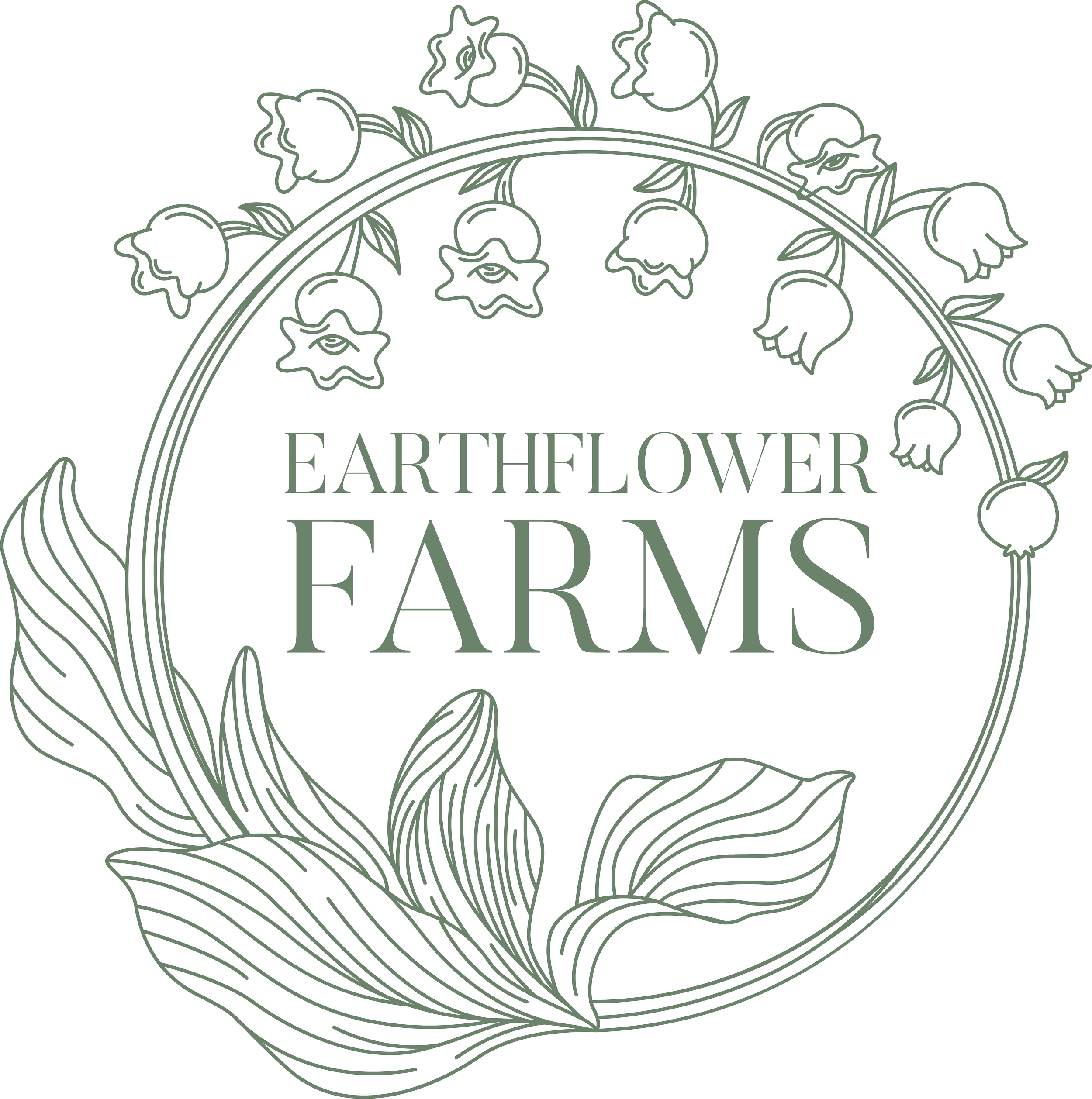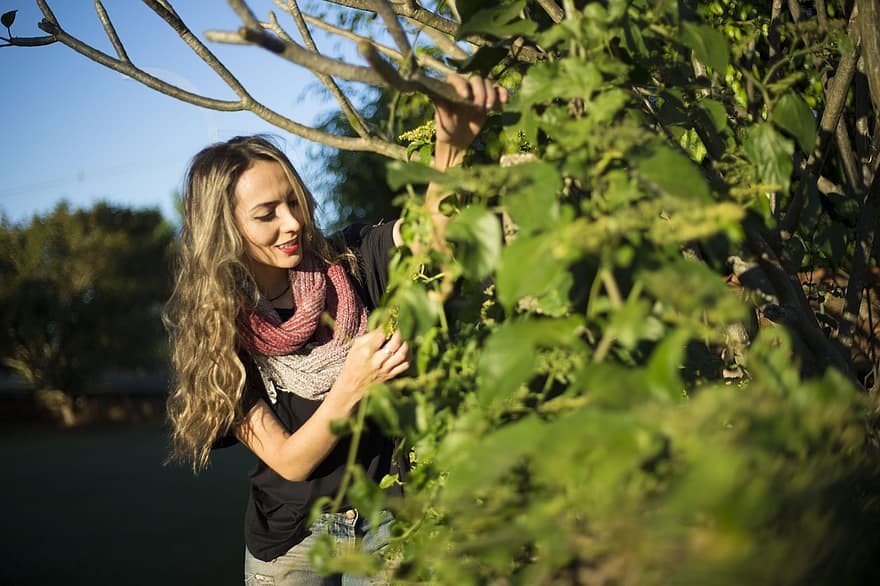Five staples that increase your chances of growing a resilient garden during turbulent times
These movers and shakers don’t need an invitation, just grass. They were good company to an already fantastic meal.
Let’s discuss food security. Times are uncertain, food shortages leave store shelves empty, and food is more expensive than ever due to inflation. Fuel prices threaten transportation costs. All of these aspects of society in flux have Americans questioning how resilient our households are and just how stable our trusted food sources will be in the future. Ponder this question: Would you be able to put food on the table if the grocery store shuttered its doors?
We, as sovereign citizens, are more capable than ever to grow abundance and create food security. We have the power to forge our own path and inspire those around us. The power of community to band together and support one another in times of difficulty. It’s easiest and most effective to start where you are already. Whether dipping your toes into organic gardening practices as a beginner or an expert seeking to succeed a thriving victory garden into a food forest, we can all start somewhere. If you have a backyard, small side yard, patio, or large parcel of land, it doesn’t matter the size of land. It’s important to note that we can all chip-in and grow something different, bringing communities together to share the bounty. We do this by cultivating the resilient individual within our own domain - Its starts with YOU. Just start. Start small. But grow something.
The Resilient Gardener
For the inspired and experienced gardener, there are myriad ways to expand your growth, increasing your chances of long-term, self-sufficient resilience. Add-on to what you’re growing to include some key crops. And also consider adding chickens if you haven’t already. We find some of this inspiration from Carol Deppe, author of the book The Resilient Gardener: food production and self-reliance in uncertain times. Deppe herself is a resilient gardener herself and she details what every gardener needs to grow if they want to be closer to self-reliance. In short, the five staples every gardener or homesteader needs to survive and thrive are: potatoes, corn, beans, squash and eggs.
Potatoes are an essential crop. They’re easy to grow, require little maintenance, don’t need to be processed or milled, and are quite filling which is a benefit in a food shortage. They can be grown in rows in the ground, in raised beds, in felt pots, in five gallon buckets, or even in just an open soil bag with some holes poked in. There’s no excuse not to grow some potatoes, no matter the size of your garden. Because they contain starch and are full of energy, just a few potatoes are enough to keep a family satiated. Combined with milk, mashed potatoes are actually a perfect food with a complete nutrient profile. Just add a seasonal or canned veggie, an egg, or small piece of meat or fish to a potato and you have yourself a filling meal. Potatoes are truly the people’s food. They need no processing or milling and therefore you aren’t reliant on outside services to make your staple fit for your plate, such as with wheat. They store extremely well so as long as they’re kept in a cool, dry place, you can rely on potatoes to get you through tough times.
Corn is handy and a misnomer that you need more land to grow it. They also grow quite well with beans and squash, some of the other staples I’m about to list. Together this famed trio is known as the Three Sisters and you can plant corn, beans and squash in mounds all in the same plot to maximize your yields. Corn is easy to grow and quite a worthwhile staple crop. You don’t need to take it to a mill like with wheat and can easily harvest, remove the kernels, and grind it up into grits or flour at home. Tortillas are so easy to make and cornbread is delicious and filling. Corn stores well in a dry place and is perfect for the pantry. If you have a little larger of a property, you can grow enough corn to make the crop worthwhile. It’s easy to plant, harvest, process and prepare by hand so you’re not reliant on special equipment. You can just do it all on the homestead and rest easy knowing you’ve got this nutritious and filling staple to keep your family fed.
Beans are packed with protein and vitamins. They’re easy to grow and even fix the nitrogen in the soil, helping other plants put on nice leafy green growth. This is thanks to special symbiotic bacteria that grow in nodules on their roots. You can plant beans vertically in pyramids made of poles, up a trellis, or even choose a bush variety. The best way to grow beans is up your corn, which provides a natural trellis for the adventurous beans to travel up and be supported. These two form a symbiotic relationship and you’re getting more out of each square foot of garden. Beans can be easily dried and stored in the pantry. They’re easy to soak, cook up, and serve. You don’t need much to make a meal hearty and filling. Even a pot of chili isn’t complete without some homegrown beans. It’s important to have a good source of protein ready in uncertain times. Plant some beans, any beans, and let them dry in the husk and when you harvest them all you need to do is shell them and store them. You’ll be glad you did.
Squash is loaded with nutrients and is a super versatile crop. Going back to the three sisters, grow your squash with your corn and beans and watch how it forms a thick ground cover, smothering any weeds that would compete with your crops. It perfectly gets along on the ground level and lets the corn and beans do their thing just above it. Because squash has the potential to grow quite large, only a few plants can yield pounds of food. Squash can easily be stored - and by now you should be noticing a pattern here! - you can store winter squash for months and use it all through the winter. It’s incredibly versatile and can be cooked into soup, made into noodles, stir fried with other veggies, or just simply baked in the oven and topped with butter. The vitamins in squash will complete your family’s nutritional needs and you can feel good knowing you have some squash in the cellar ready to feed the whole family and leave you with leftovers.
Eggs are the cherry on top in this menagerie of essential staples. If you have the space for a few chickens or even ducks on your property, you’ve got to do it. It’s the final piece of the puzzle. Your birds will lay all through the summer and provide a consistent source of protein and essential nutrients for the whole family. Choose chickens if your yard is drier and ducks if your yard is wet and has a pond. You can keep them rotating on your yard in a chicken tractor or build a coop and enclosure for them. They really don’t take up that much space so even a backyard is suitable. I keep 11 birds on my ⅛ acre urban homestead. Make sure to choose a healthy heritage breed that lays lots of eggs, as close to 300 per year as possible. My personal favorites are Cream Crested Legbars and Australorps. You feed them your table scraps and get nutritious eggs in return. Sounds like a great deal right? If you keep a rooster, you can hatch chicks and always have new hens in rotation which keeps you self reliant. In addition to all of this, one must not forget that eggs are the perfect food. An egg and baked potato are breakfast all on their own. It’s filling and delicious and are the difference between surviving and thriving. Clean, unwashed eggs are easy to store in pickling lime in the pantry for over a year and require no refrigeration. Not to mention, once hens are past their peak or stop laying eggs, you have the opportunity to offer your family hearty chicken soup that’s full of essential nutrients, fats, vitamins and minerals. Don’t pass up the opportunity to secure your family’s self reliance with laying hens or ducks.
The common denominator that these 5 staples have in common is they’re easy to grow, easy to harvest, easy to store, easy to process into food and easy to propagate for the next season. You can easily replant potatoes from your seed potatoes, corn from kernels, beans from dried beans, squash from the abundance of seeds within each massive gourd and raise more birds by incubating their eggs so long as you have a male (which is not required if you just want eggs and not chicks)
As you pondered the question: Could I put food on the table if the grocery store shuttered its doors? With some small efforts, and some smart resources like Carol Deppe’s book, your answer can now be a resounding yes.
Sources:
The Resilient Gardener: food production and self-reliance in uncertain times, written by Carol Deppe

